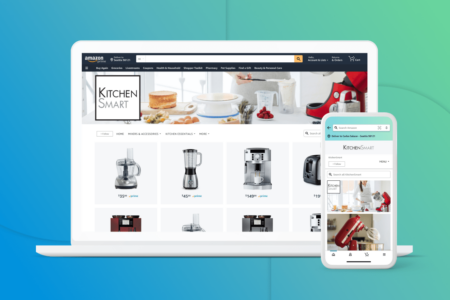Content creation is becoming more and more important with modern digital marketing. Creating search engine optimised SEO articles for your website, sharing it across social media platforms, along with curated posts and captions, not to mention the eBooks and training courses to help stir up some lead generation – how are we all supposed to find the time?
Well, if you’re playing it by ear, chances are you’re failing at consistently creating valuable content for your audiences. Instead, try developing a detailed, cross-channel content calendar that allows you to spend a little time at the start for planning, to save you more time (and stress) down the line.
Benefits of a Cross-Channel Content Calendar for Your Business
You mark your calendar with work meetings, birthdays, doctors’ appointments – why? To ensure you’re on time and prepared to get the most out of whatever it is you have booked in.
It’s the same with a digital marketing content calendar! A simple, yet comprehensive layout of all your digital platforms and the planned content to post on them over a given period. This allows business owners and marketers more freedom to compile ideas and deliver a continuity with their posts. It also:
- Saves time with greater levels of organisation
- Reduce errors and mistakes during content creation as there is more time for review/edits
- Allows risk-taking and ambitious efforts with more time to plan and release
- Better track the success of content and adjust to match
What Does a Cross-Channel Content Calendar Include?
Everyone will have different business goals and digital marketing strategies, so obviously content calendars will also vary. That being said, everyone can ask themselves some key questions to ensure they include the foundations in their calendars.
These are:
- What frequency will content be posted in a given period (i.e. 3 times a week, a month, and so on)?
- What digital platforms within your digital marketing strategy needs content scheduled?
- What will the associated keywords, hashtags, links or promotions be for each content piece?
- Who are you targeting with this content?
- Does this content, or any other content created previously, have the potential to be repurposed across other platforms?
With this core information ready and at hand, you can start cementing the logistics, such as when the content will go live, who oversees creation, and the budget behind it.
Choosing the Format & Design Your Calendar
As this is something you are going to be using in perpetuity, it is important you are happy with the layout, design, and use of your content calendar. A great many templates and designs already exist online, as well as tools and software to make it more interactive and simpler to use. The important thing is finding what works best for you and your team on an ongoing basis.
If you are just getting started and don’t have a large budget available, you can easily create something that works on a spreadsheet or Google calendar. You can design it from scratch and share it with your team, or simply download a free template and alter it to suit your needs.
For the businesses with a few more hands involved, you may want to opt for a popular task management system, such as Monday or Trello. While these do offer ‘freemium’ versions, the platforms already have the layouts ready for you, have sublime user interfaces, and are excellent for tracking historic work to allow you and your team to review previous calendar entries.
Conduct an Audit of Your Existing Digital Platforms and Content
Now that you have everything in place to start building your content calendar, start by taking a look back to where you have been. How has the return on investment been with the content you have released prior to your content calendar being set up? What insights can you take away and use in future content creation for your social media platforms?
This information will help you to build content strategies more grounded in real, obtainable goals paired with performance indicators that have context. You will know which of your assets perform well, begin to understand why, and then build off that knowledge to deliver more rewarding content on a consistent basis.



